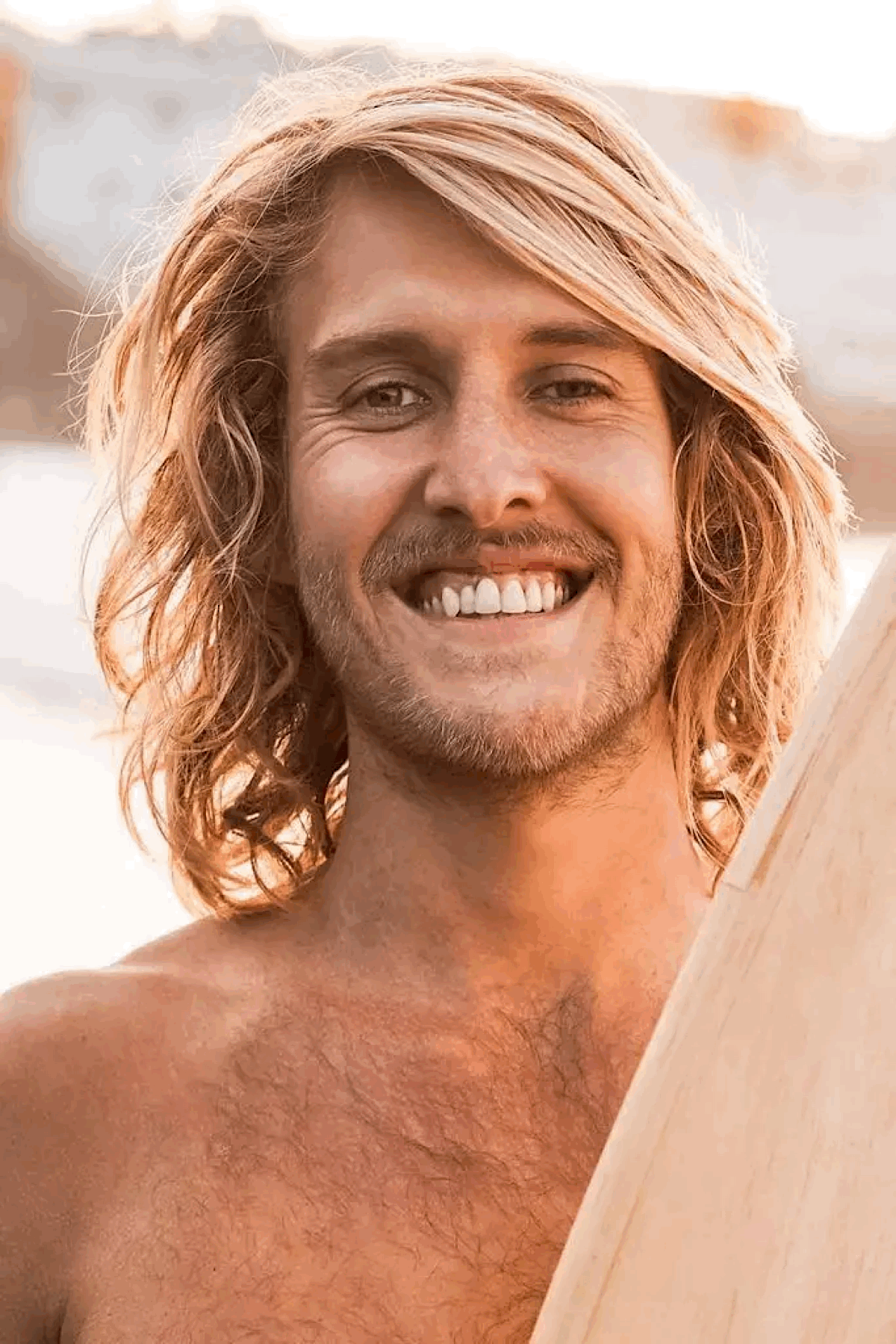Introduction:
The surfer haircut has become an iconic hairstyle that represents the carefree, adventurous spirit of the beach culture. It is a hairstyle that has gained popularity and evolved over the years, appealing not only to surfers but also to individuals looking to emulate the relaxed and laid-back vibes associated with surfing. In this article, we will delve into the history and evolution of the surfer hairstyle, exploring its roots and the various styles that have emerged throughout the years.
The Birth of the Surfer Haircut:
The surfer haircut’s origins can be traced back to the surfing culture that emerged in the late 1950s and early 1960s. This period witnessed the rise of the sport along the coastlines of California and Hawaii, attracting a group of young individuals who dedicated their lives to riding the waves. These surfers needed a practical hairstyle that could withstand the challenges of spending hours in the water while maintaining a sense of style. Thus, the surfer haircut was born.
The Early Years:
In the early days, the surfer haircut was characterized by longer, shaggy hair. Surfers would grow their hair out to achieve a natural, windswept look that embodied the beach lifestyle. They aimed to strike a balance between practicality and style, as the longer hair provided protection from the elements while giving them a rugged, carefree appearance.
This hairstyle had no strict rules or specific cuts, allowing surfers to experiment with different lengths and textures. Many opted for layered haircuts to add movement and dimension, further enhancing the natural, beachy feel. In this way, the early years of the surfer hairstyle were marked by a sense of individuality and personal expression amongst surfers.
The Influence of Pop Culture:
As surfing gained popularity, it began to infiltrate mainstream culture through music, movies, and fashion. Films like “Gidget” (1959) and “The Endless Summer” (1966) showcased this vibrant surf culture to audiences around the world, igniting a global fascination with the sport.
With this increased exposure, the surfer haircut started to transcend the world of surfing and captivate the imaginations of those outside the surfing community. Influenced by the style icons of the time, such as The Beach Boys and The Beatles, people began to adopt the surfer haircut as a symbol of rebellion, freedom, and individuality.
The Surfer Haircut in the 1970s and 1980s:
As the 1970s rolled in, the surfer haircut evolved alongside popular culture. The free-spirited, long-haired look of the ’60s gave way to shorter, more refined styles. Surfers began opting for neatly trimmed haircuts that were more manageable and suitable for their active lifestyle. However, they still maintained a sense of casual coolness, blending elements of the classic surfer aesthetic with a modern twist.
During the 1980s, the surfer hairstyle experienced another shift. The era of punk and new-wave music heavily influenced the fashion and hairstyles of the time, and surfers were not exempt from this trend. The surfer haircut took on more edginess as individuals incorporated elements of punk rock into their looks. With shorter, spiky haircuts and even shaved sides, surfers showcased their rebellious side while still maintaining the essence of their coastal roots.
Modern Surfer Haircuts:
In recent years, the surfer haircut has seen a resurgence in popularity. With a renewed interest in beach culture and a desire to embody a laid-back, youthful style, many individuals have embraced the surfer haircut as a way to capture that carefree spirit.
Modern surfer hairstyles still maintain the relaxed, beachy aesthetic, but with a significant emphasis on individuality and personal style. Surfers and non-surfers alike can opt for various lengths, from long, wavy locks to shoulder-length bobs or even shorter, tousled cuts. The range of options allows individuals to express their personal taste and preferences while still capturing the surfer vibe.
Frequently Asked Questions:
Q: Can anyone get a surfer haircut, or is it only suitable for certain hair types?
A: The surfer haircut can work for individuals with different hair types, although certain cuts may better complement specific textures. Surfing haircuts often work well with natural waves or curls, as they add to the overall beachy feel. However, individuals with straight hair can also achieve the look with the right products and styling techniques.
Q: Is the surfer haircut high-maintenance?
A: Surfer haircuts are generally low-maintenance, as they aim to appear effortlessly natural. However, styling products may be required to enhance texture and add volume. Additionally, regular trims are essential to maintain the haircut’s shape and prevent split ends.
Q: What styling products should I use for a surfer haircut?
A: Texturizing sea salt sprays and surf pastes are popular choices for achieving the surfer look. These products help create a tousled, beachy texture that mimics the effects of spending time in the ocean.
Q: Can women rock the surfer haircut?
A: Absolutely! The surfer haircut is not limited to men. In fact, many women have embraced this hairstyle and made it their own by adding feminine touches. It can be adapted to shorter or longer styles, allowing women to express their personal style while still capturing the essence of the surfer hairstyle.
In conclusion, the surfer haircut has come a long way since its inception in the 1950s. From its practical origins to its widespread popularity in mainstream culture, this hairstyle continues to evolve and captivate the imaginations of individuals looking for a relaxed, carefree look. With a rich history and countless variations, the surfer haircut remains an iconic hairstyle that embodies the spirit of beach culture and the desire to experience the freedom that comes with riding the waves.
